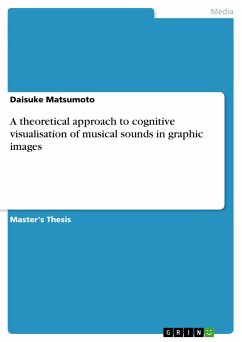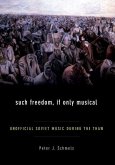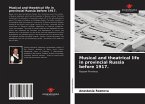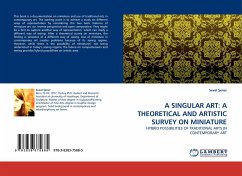Master's Thesis from the year 2014 in the subject Art - Visual artists, , language: English, abstract: The purpose of this study was to find out the possibility of visualising musical sounds in graphic images from an objective viewpoint. In an opposition to the dominant methodological approach to human cognition of the last century, the study initially rejected an idealistic approach by mainly focusing on literatures from the field of cognitive neuroscience. Moreover, in order to discard a realist viewpoint that is the overt dialectic counterpart of idealistic subjectivity, it was shown through the analysis of formal elements of visual arts and music that there was no legitimate materialist connection between them. Nevertheless, although visual arts and music are materialistically antagonistic, human cognitive process of them elucidated important connections of visual arts and music cognition, which were motion and emotion. It was suggested that, considering the three main strataof human cognitive system, motion could connect cognition of visual arts and music in bottom-up processing of sensory stimuli, whereas emotion could connect them in top-down processing of sensory stimuli. In order to elicit musical cognitive experience in an observer of graphic images, therefore, kinetic as well as emotional visual cues that correspond to respective musical cues were proposed to be important elements of visualisation of musical sounds. However, due to the paucity of in-depth information on neurobiological processing of both motion and emotion, that of the latter more particularly, previous empirical researches had to be utilised. Specifically, it was suggested that kinetic visual cues in static graphic images that would cognitively elicit temporal perception included spatial configuration of visual elements in centrifugal direction, perceptually attentive elements, and the number of attentive locations. On the other hand, it was suggested that emotional visual cues that would correspond to emotional musical cues included value and saturation of visual elements, contour and edge configuration of shapes. Other visual emotional cues could be inferred to be useful by considering material characteristics of light and sound. Hues were suggested as effective emotional cues to connect visual and musical perceptual experiences, although they were said to show subjective variances.
Hinweis: Dieser Artikel kann nur an eine deutsche Lieferadresse ausgeliefert werden.
Hinweis: Dieser Artikel kann nur an eine deutsche Lieferadresse ausgeliefert werden.








